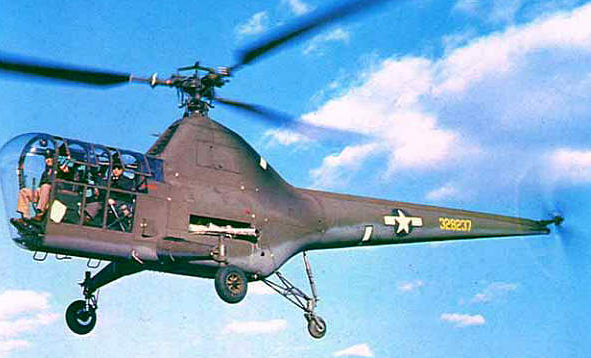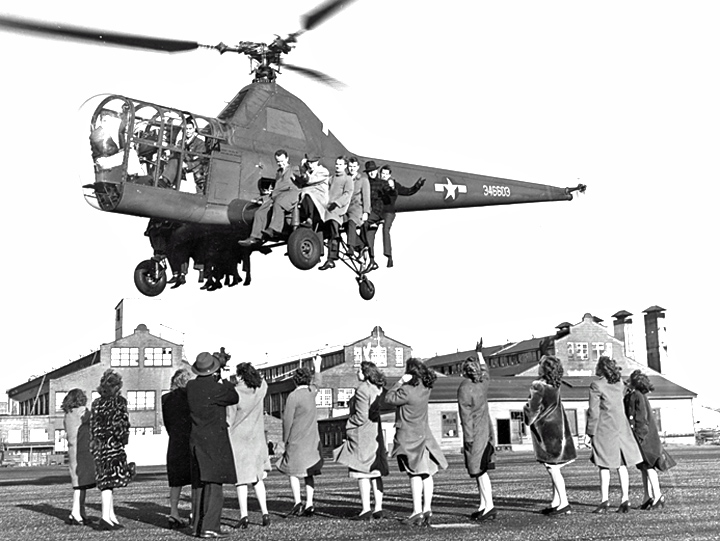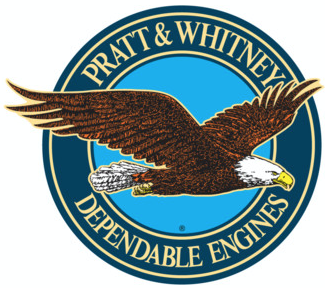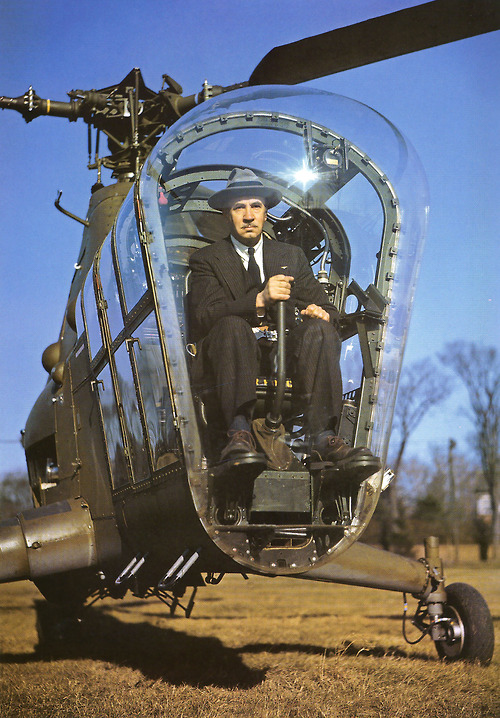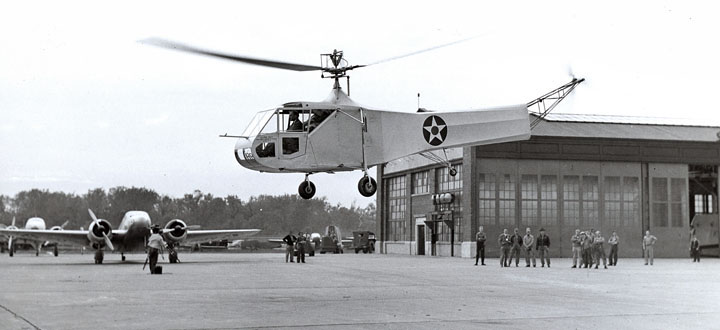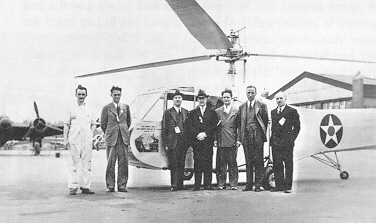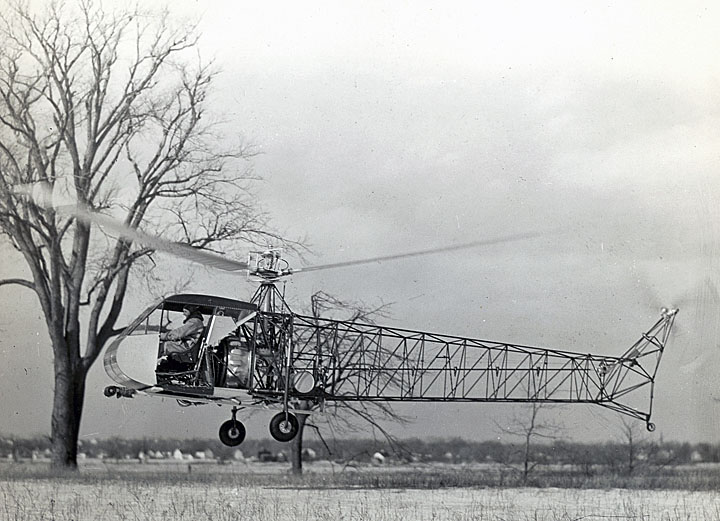
 14 January 1942: Chief Test Pilot Charles Lester (“Les”) Morris (1908–1991) made the first flight of the Vought-Sikorsky VS-316A at Stratford, Connecticut. The first flight lasted approximately 3 minutes, and by the end of the day, Morris had made 6 flights totaling 25 minutes duration.
14 January 1942: Chief Test Pilot Charles Lester (“Les”) Morris (1908–1991) made the first flight of the Vought-Sikorsky VS-316A at Stratford, Connecticut. The first flight lasted approximately 3 minutes, and by the end of the day, Morris had made 6 flights totaling 25 minutes duration.
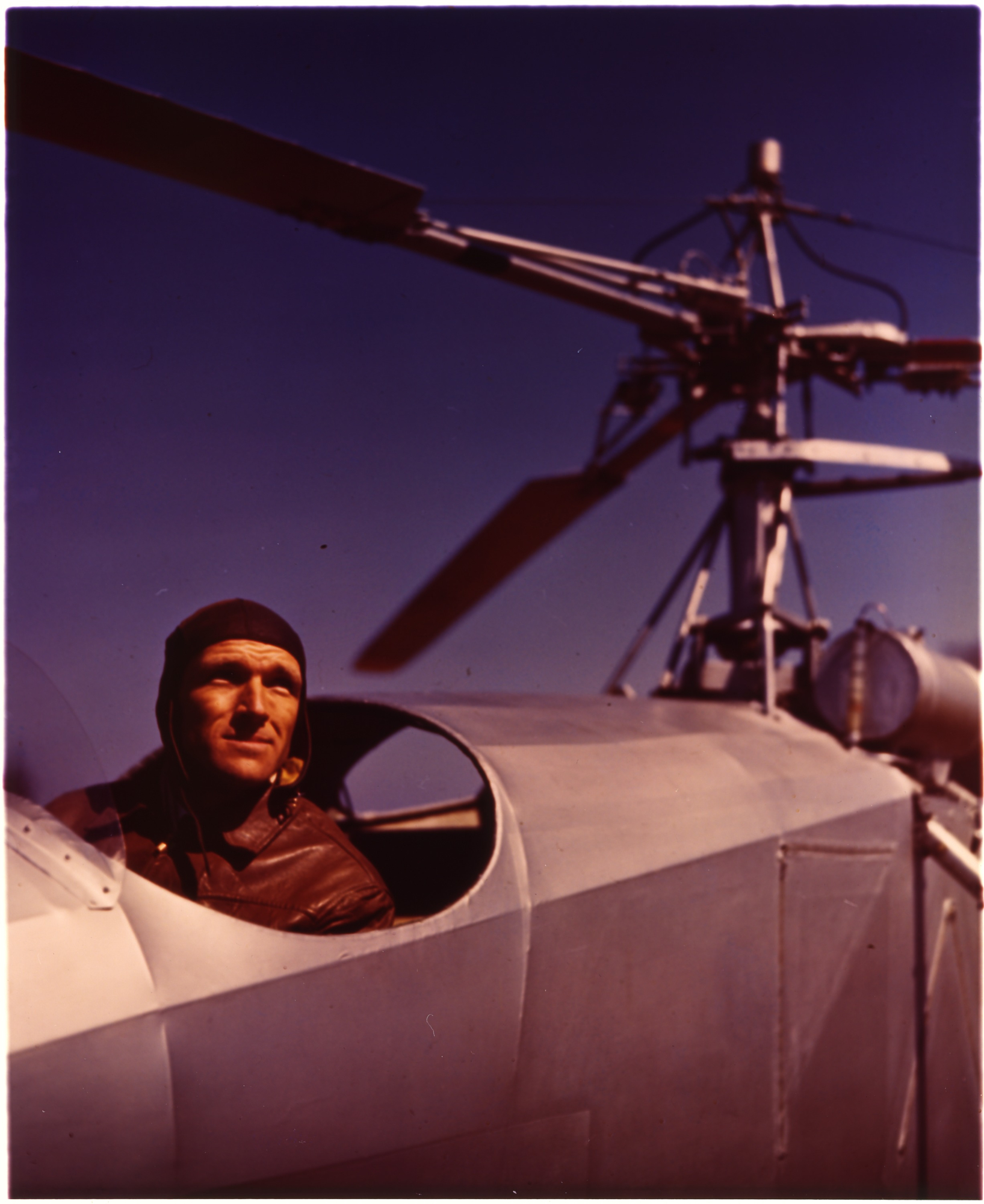
The VS-316A (which was designated XR-4 by the U.S. Army Air Corps and assigned serial number 41-18874), established the single main rotor/anti-torque tail rotor configuration. It was a two-place helicopter with side-by-side seating and dual flight controls.
The fabric-covered three-blade main rotor was 38 feet (11.582 meters) in diameter and turned counter-clockwise as seen from above. (The advancing blade is on the helicopter’s right.) The tail rotor was mounted to the aft end of the tail boom in a tractor configuration, and rotated counter-clockwise when seen from the helicopter’s right side.
The VS-316A was 33 feet, 11.5 inches (10.351 meters) long and 12 feet, 5 inches (3.785 meters) high. It weighed 2,010 pounds (911.7 kilograms) empty and the maximum gross weight was 2,540 pounds (1,152.1 kilograms).
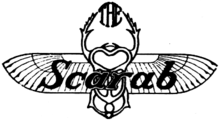 The original engine installed in the VS-316A was an air-cooled, normally-aspirated, 499.805-cubic-inch-displacement (8.190 liter) Warner Aircraft Corporation Scarab SS-50 seven-cylinder radial engine with a compression ratio of 5.55:1. The SS-50 was a direct-drive engine, with a maximum continuous power rating of 109 horsepower at 1,865 r.p.m., and 145 horsepower at 2,050 r.p.m. at Sea Level for takeoff. 73-octane gasoline was required. The SS50 was 2 feet, 5 inches (0.737 meters) long, 3 feet, 0-9/16 inches (0.929 meters) in diameter and weighed 306 pounds (139 kilograms).
The original engine installed in the VS-316A was an air-cooled, normally-aspirated, 499.805-cubic-inch-displacement (8.190 liter) Warner Aircraft Corporation Scarab SS-50 seven-cylinder radial engine with a compression ratio of 5.55:1. The SS-50 was a direct-drive engine, with a maximum continuous power rating of 109 horsepower at 1,865 r.p.m., and 145 horsepower at 2,050 r.p.m. at Sea Level for takeoff. 73-octane gasoline was required. The SS50 was 2 feet, 5 inches (0.737 meters) long, 3 feet, 0-9/16 inches (0.929 meters) in diameter and weighed 306 pounds (139 kilograms).
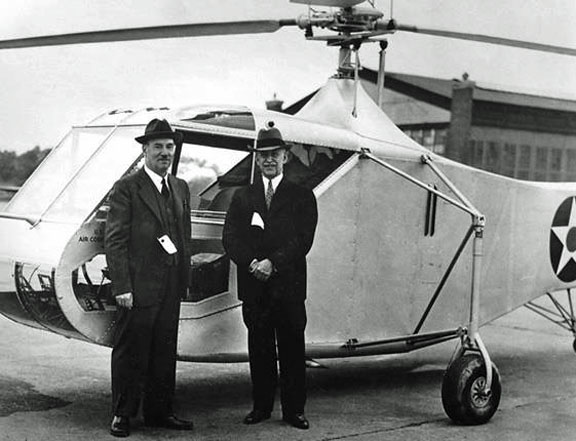
Numerous modifications were made, including lengthening the main rotor blades, covering them with metal, and upgrading the engine to a 200 horsepower Warner R-550-1 Super Scarab. The XR-4 was redesignated XR-4C. This would be the world’s first production helicopter. It is at the Steven F. Udvar-Hazy Center of the Smithsonian National Air and Space Museum.
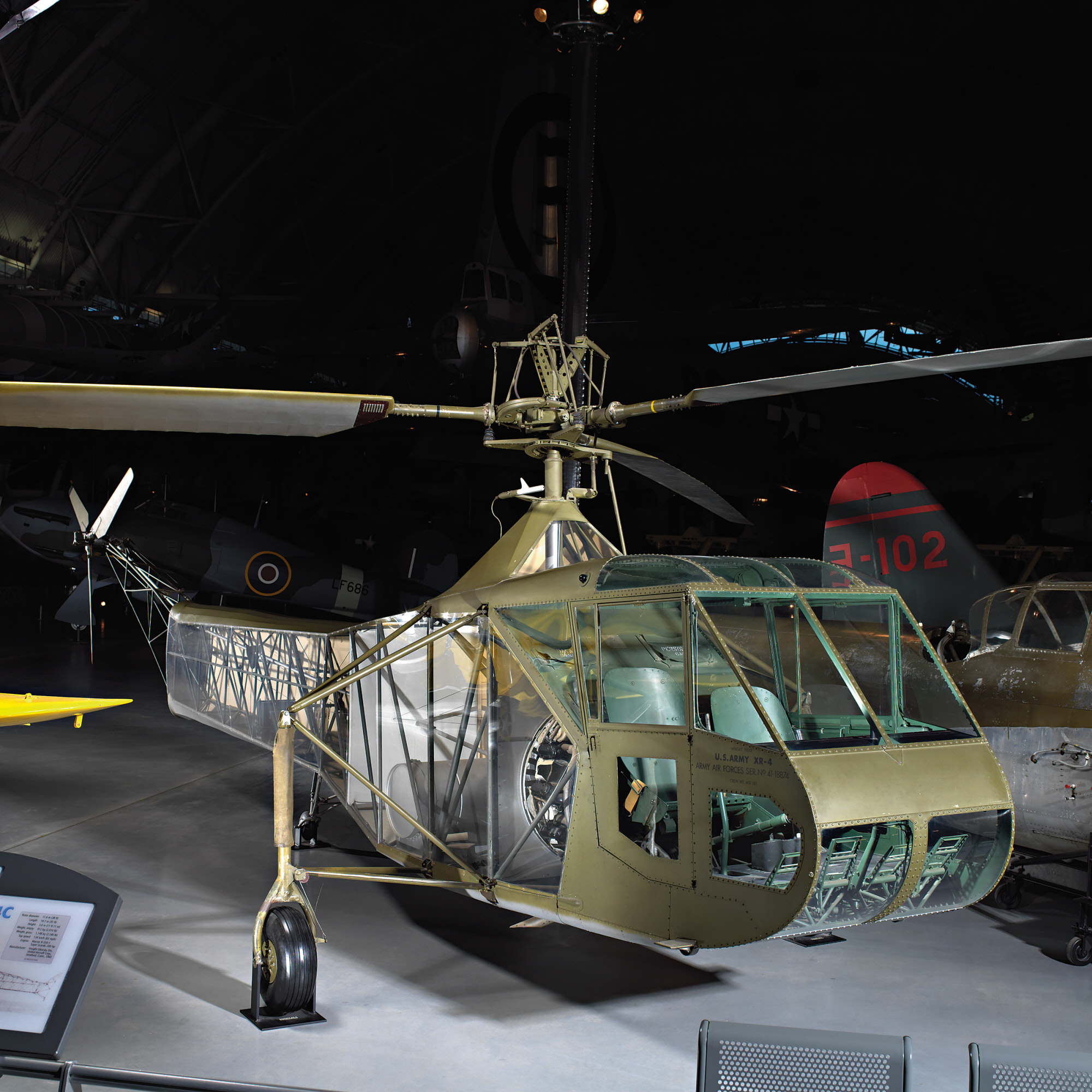
© 2019, Bryan R. Swopes
